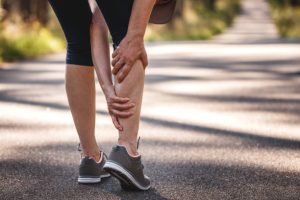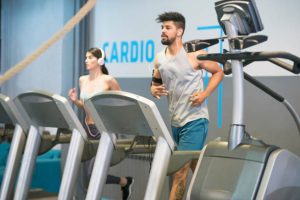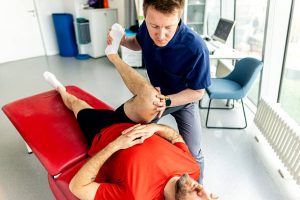When people think about physical therapy, they often picture exercises, stretches, and maybe some machines buzzing away. But one of the most powerful tools in a physical therapist’s toolkit is manual therapy—hands-on techniques that can make a huge difference in your pain, movement, and overall healing.
At Allegiance Physical Therapy, manual therapy is a cornerstone of how we help our patients feel better, faster. But what exactly is manual therapy, and how can it help you? Let’s explore this hands-on approach and why it’s often the secret ingredient to successful recovery.
What Is Manual Therapy?
Simply put, manual therapy means using the therapist’s hands to manipulate, mobilize, and massage muscles, joints, and soft tissues. These techniques are carefully applied to reduce pain, improve mobility, and promote healing. Unlike machines or exercises you do on your own, manual therapy is personalized, responsive, and deeply connected to your body’s unique needs.
There are many types of manual therapy techniques, but some of the most common include:
- Joint Mobilization: Gentle, controlled movements applied to joints to improve range of motion and reduce stiffness.
- Soft Tissue Massage: Targeted massage to loosen tight muscles, improve blood flow, and break down scar tissue.
- Myofascial Release: A technique focusing on the fascia—the connective tissue surrounding muscles—to relieve tension and improve flexibility.
- Trigger Point Therapy: Applying pressure to specific “knots” or tight spots in muscles to reduce pain and restore function.
- Manipulation: A quicker, more forceful movement often used by specially trained therapists to “unlock” stiff joints.
How Manual Therapy Helps You Heal
Manual therapy isn’t just about making you feel good in the moment (though it often does). It actually supports your body’s healing process in several important ways:
1. Relieves Pain Naturally
One of the biggest benefits of manual therapy is pain relief. By gently moving joints and soft tissues, therapists can reduce muscle tension and calm irritated nerves. This hands-on approach triggers your body’s own pain-relieving mechanisms, helping you feel more comfortable without relying solely on medications.
2. Improves Mobility and Flexibility
Injuries, surgery, or chronic conditions often lead to stiffness and restricted movement. Manual therapy techniques stretch and mobilize tight areas, helping restore your joint range of motion and muscle flexibility. This makes daily activities easier and supports faster progress in your rehab exercises.
3. Reduces Scar Tissue and Adhesions
After injuries or surgery, scar tissue can build up and limit how well your muscles and joints move. Manual therapy helps gently break down these adhesions, improving tissue health and preventing long-term stiffness or pain.
4. Enhances Circulation
Massage and other manual techniques boost blood flow to injured areas. This increased circulation brings fresh oxygen and nutrients needed for tissue repair while helping remove waste products that can contribute to inflammation.
5. Promotes Relaxation and Reduces Stress
Physical pain often goes hand-in-hand with emotional stress. The soothing nature of manual therapy calms the nervous system, lowers muscle tension, and promotes relaxation—making your whole healing experience more comfortable and effective.
What to Expect During Manual Therapy
During your session, your physical therapist will use their hands to feel for tightness, restrictions, or areas causing pain. Then, they’ll apply specific techniques tailored to your condition and comfort level. Communication is key—you should always feel comfortable telling your therapist if something hurts or doesn’t feel right.
The Bottom Line
Manual therapy is a highly effective, personalized approach that complements exercise and other treatments. It’s a powerful way to reduce pain, improve movement, and accelerate healing—all through the skilled, caring touch of your physical therapist.
At Allegiance Physical Therapy, we combine manual therapy with customized rehab plans designed just for you. Together, we’ll help your body move better, feel better, and get you back to living life on your terms.







